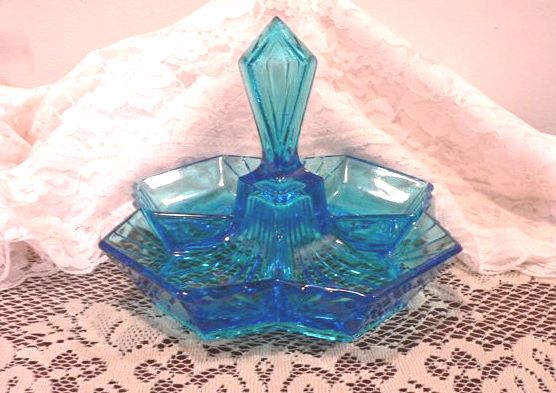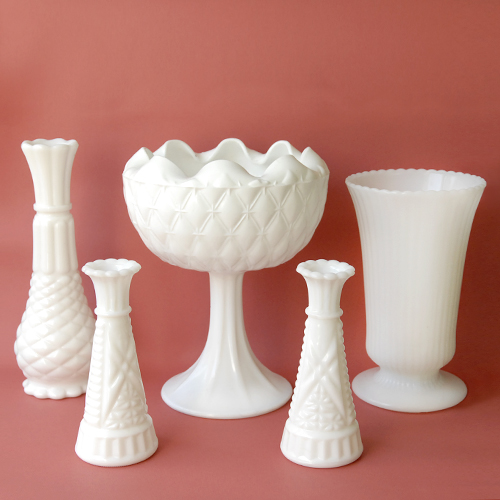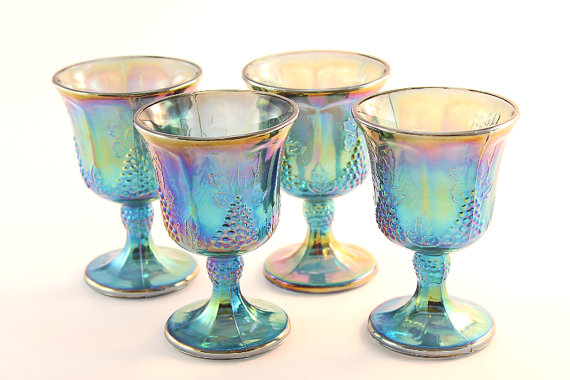The most collectible glass objects were said to have been produced between the years 1880 to 1900. Before then, aristocrats fawned over quality artworks from Murano (Italy) and other parts of Europe. The twentieth century produced blown and fused glass art – both a favorite until today.
Collectible glass and crystals have distinct qualities which collectors notice offhand. Depression glass for instance, has obvious machine-pressed patterns in different tints (commonly in blue, green, and orange). This type of glass was so named not only for its style; but also because it was handed out around the time of the Great Depression.
Milk Glass
White is a timeless hue that conveys purity, cleanliness, and elegance. That's why milk glass (also called opal glass) is still much sought after through the years. This type of collectible is opaque; and has a milky-white color that mimics porcelain. Made during the sixteenth century in Venice, it also comes in other shades like pink, brown, yellow, and black.
Carnival Glass
This collectible was infamous for being distributed as prizes in fairs and carnivals (hence the name). Not all carnival glass were handed out this way; but evidence suggests that most of them did. During a time when only the wealthy could afford electric lighting and expensive home decor, resourceful housewives would purchase these to beautify their abodes.
Whether it's glass or crystal, these translucent objects would bring quality to any dwelling. Start a collection today and learn the various merits of living with stunning glass objects.




 RSS Feed
RSS Feed